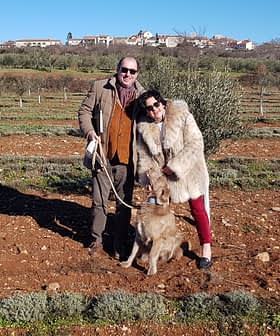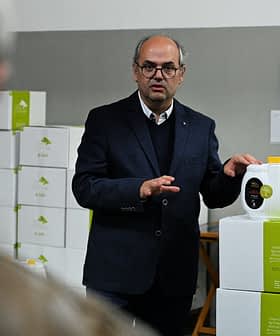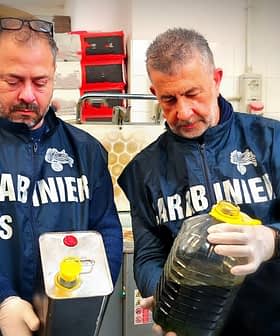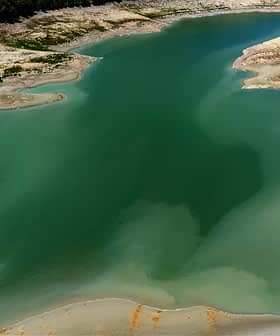As the Harvest Gets Underway in Croatia, Officials Provide Safety Tips to Farmers

Olive growers in Croatia have started harvesting.
From the first of October to the end of November, the fruits from 5.5 million trees, which stretch for more than 500 kilometers along the Adriatic coastline from Savudrija in Istria to Prevlaka in southern Dalmatia, should be picked.
Corneal eye injuries, with limb fractures, are among the most common during the olive harvest.
Harvesting is a joy, but it also comprises many dangers, especially where the trees are tall, and the terrain is inaccessible and rocky, as it is along the country’s coast and on its many islands.
See Also:Producers in Istria Brace for a Disappointing HarvestPerhaps nothing encapsulated the perils of olive picking more than a much-told anecdote among the country’s farmers.
As a man was getting ready to go to harvest olives, his wife asked him, “when are you going to bring me lunch?” He replied: “I do not know, but don’t hurry me. Maybe I’ll be having lunch at the hospital.”
This darkly humorous anecdote has been retold for years and is always relevant because it has a foothold in reality.
When the harvest begins, especially in October and even during November, the number of patients in the surgical wards usually increases. They come with broken limbs, most often arms and legs, but also other injuries.
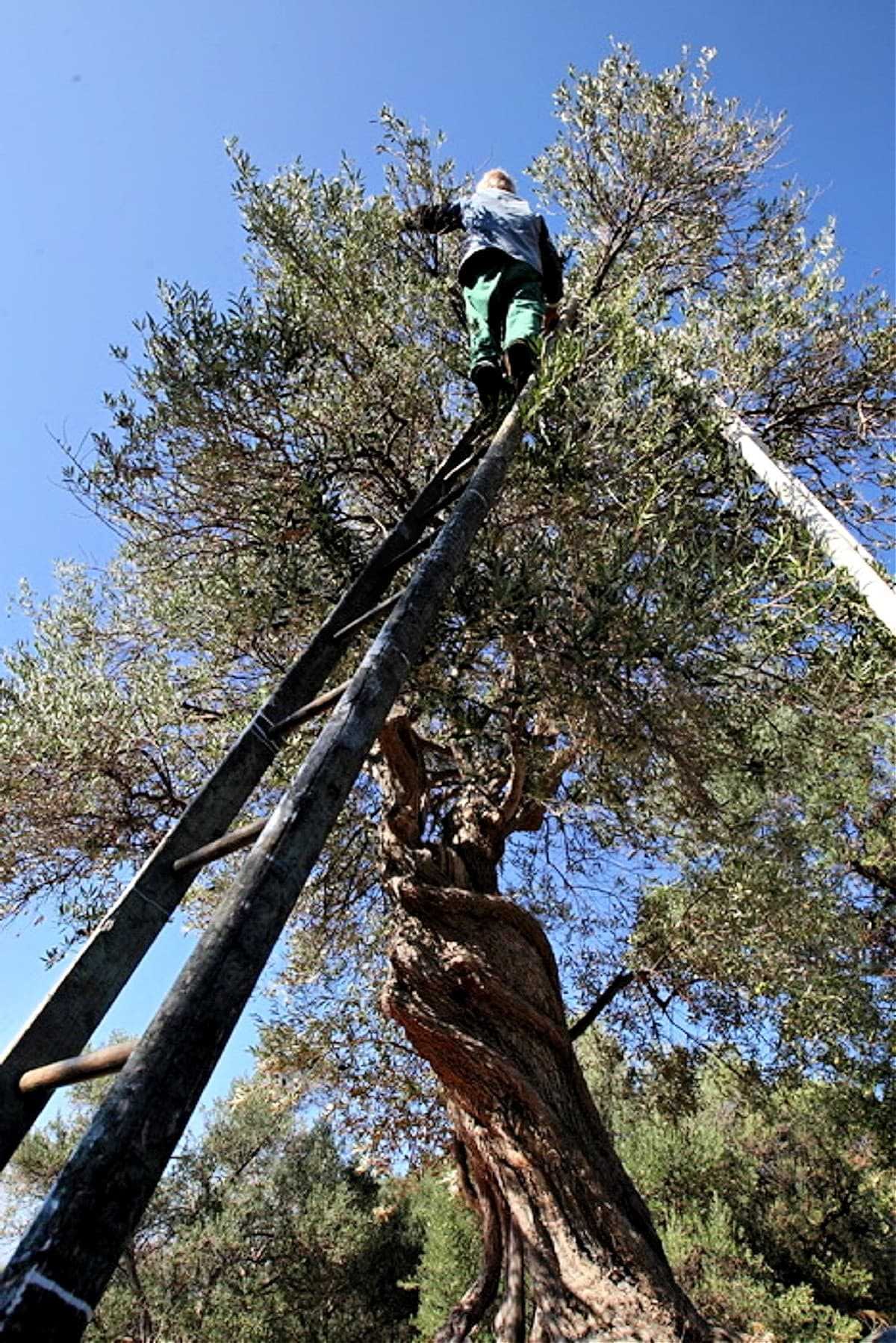
Photo: Jure Mišković/Cropix
According to local media, Blaženko Boban, the prefect of Split-Dalmatia County, fell from an olive tree and broke three ribs during the harvest in his grove.
In a separate incident, a 68-year-old resident from the island of Hvar was bitten by a viper, the most venomous snake in Croatia, from a branch while picking olives in the area ofSelce near Bogomolje.
Luckily, in October only very young snakes live in the olive trees. However, even these ones transmit a small dose of venom to their victims.
Unfortunately, other cases with tragic consequences have also been recorded.
On the island of Brač, a 74-year-old farmer from Nerežišće, died picking olives in the groves between Donji Humac and Lećevica. At one point, he climbed a stone pile to more easily reach fruit from the highest branches, but suddenly fell, breaking his spine. He died on the spot.
Last year, fatalities during the harvest were recorded in Split na Brdi, where an elderly man fell from an olive tree at the foot of a mountain.
See Also:Award-Winning Producers on Šolta Prepare for Modest HarvestWhile plenty of stories about unfortunate accidents of all kinds abound during the olive harvest, the most common injuries are to the eyes, according to the well-known ophthalmologist from Split, Vlade Glavota.
“Corneal eye injuries, with limb fractures, are among the most common during the olive harvest,” he wrote in a blog post published on his practice’s website.
The well-known olive grower Stanko Sikirić, from Bibinje, also recently told the story about how he lost his eye to the Zadar-based journalist, Velimir Brkić.
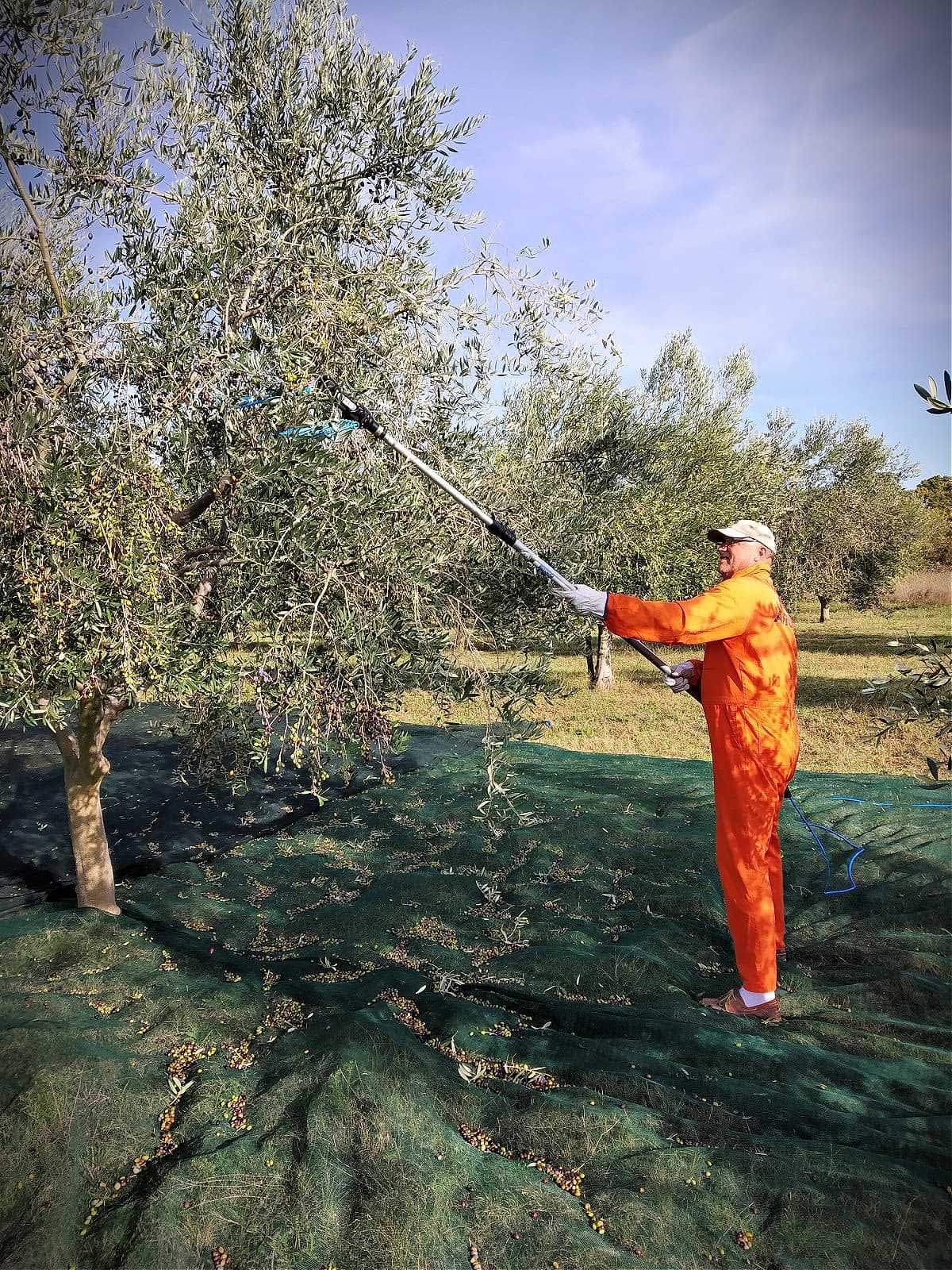
Photo: Nedjeljko Jusup
Exactly 11 years ago in an olive harvest, at the same location where he and three members of his family were harvesting, an olive leaf stabbed him in the left eye. He will remember this moment for a lifetime because, after the sting, things got complicated and he lost his eye.
“After a hundred trips to Zagreb for treatment and examinations, and two corneal transplants, unfortunately, I lost my eye,” said Stanko, an award-winning olive grower, who also once harvested a 2.5‑kilogram red onion.
Eye injuries are actually the most common, although they are not often written about. The olive leaves are thick, compact and shaped like the head of a lance. The top of the leaf is pointed, but the olive grower usually forgets about this the moment he wants to reach the last fruit from the highest branches.
Some of the possible complications from being poked in the eye by the olive leaves are keratitis – inflammation of the cornea – and corneal ulcer, which come as the result of a secondary infection at the site of an untreated corneal scratch.
Treatment for these conditions is difficult and long-term. Even after the treatment, corneal tissue scars often remain, leading to a decrease in visual acuity.
See Also:Poland and Israel Win Fourth World Championship of Olive Picking in Postira, CroatiaThe eyes are wide open while farmers harvest, so injuries are common, Glavota said. The most common are patients with a scratched surface of the eye, the cornea.
“It is accompanied by unpleasant pain, a feeling of itching as if something had fallen into the eye, increased tearing, inability to open the eye, swelling of the eyelids and photophobia or intolerance to strong light,” he said.
Treatment is successful and recovery is relatively quick but requires frequent checkups.
“Unfortunately, there are often cases when patients do not arrive on time and when things get complicated, which makes treatment more difficult, slows down recovery and increases the risk of complications,” Glavota wrote in his blog.
In very severe cases, visual acuity from untreated keratitis and corneal ulcers can be so impaired that the only solution to improve vision is a corneal transplant.
Due to improper overgrowth and poor adhesion of the new corneal epithelium at the scratch site, so-called repetitive or recurrent erosions are frequent, which periodically cause disturbances similar to those at the time of injury.
Glavota recommends that anyone participating in the olive harvest wear glasses or goggles to protect their eyes. Pickers should also wear caps, hats with a stiff brim, to protect against the tips of the olive leaves.
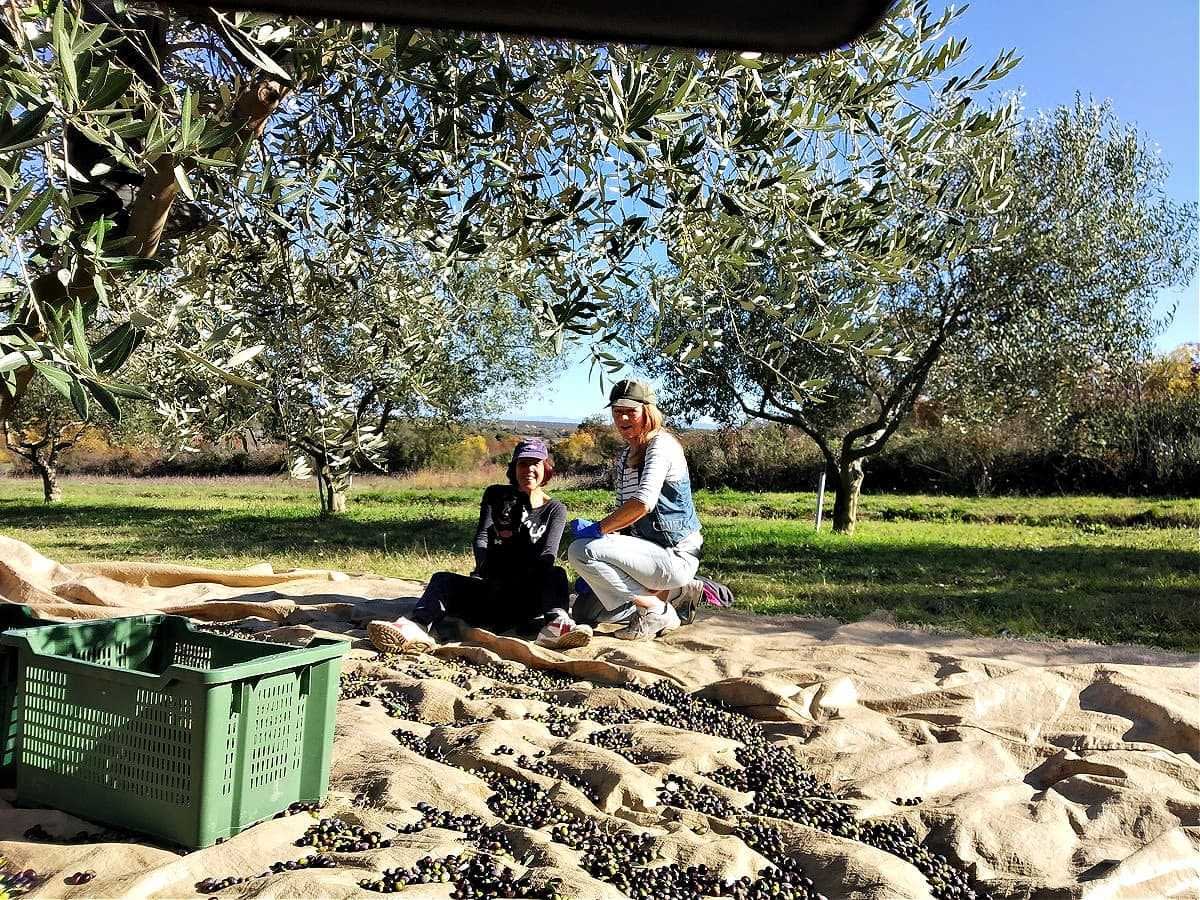
Photo: Nedjeljko Jusup
When harvesting by hand, without shakers, it is also better to use aluminum ladders instead of wooden ones, because the possibility of falling from them is lower.
Marijan Tomac, an agronomist, warns pickers to be careful when harvesting the last fruit from the top of the tree. He recommends pickers do not crawl into the canopy or climb from one branch to the next.
“The devil takes away the speed” is an apt Dalmatian saying for the injuries received while harvesting olives, and a wise one for producers to follow.

